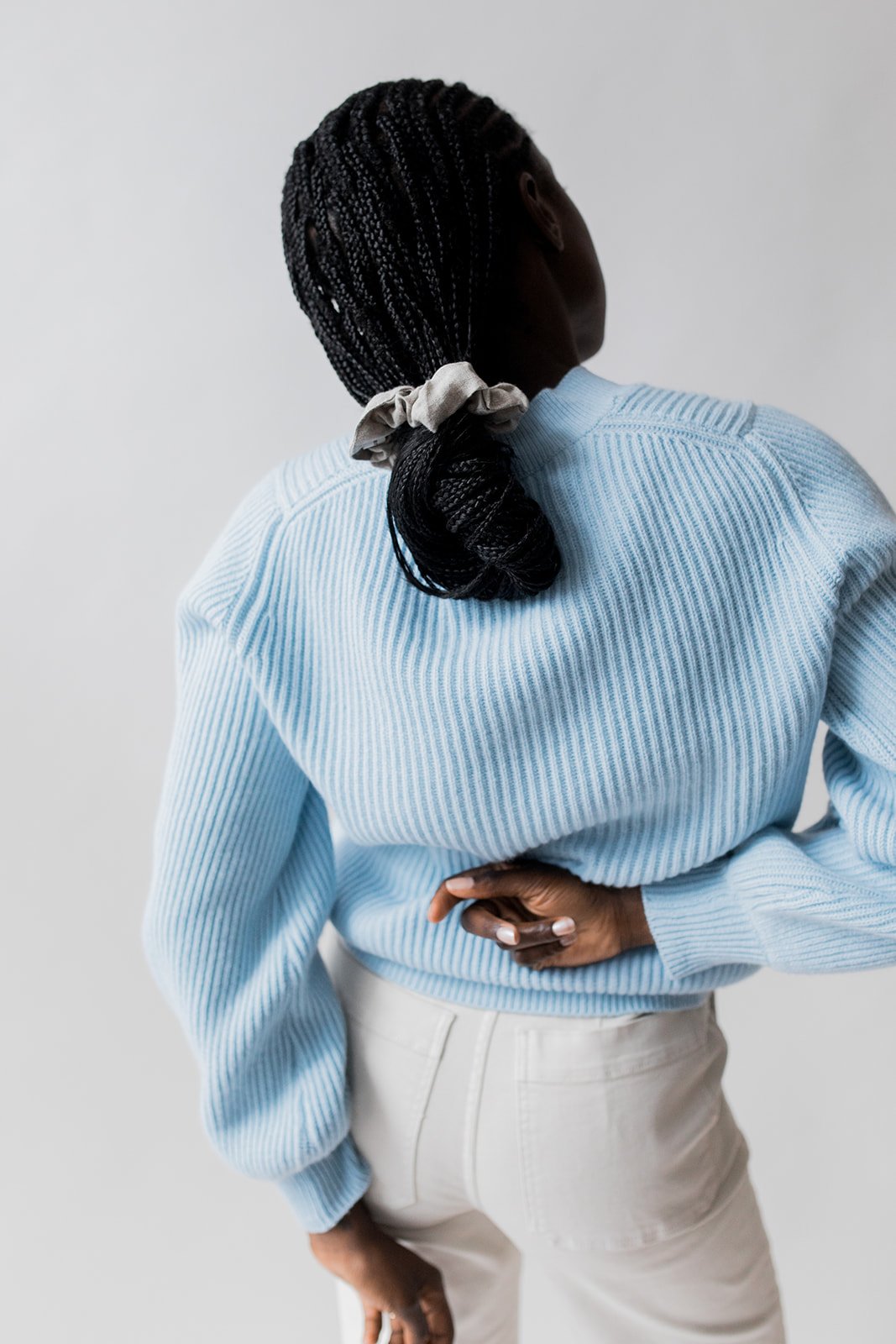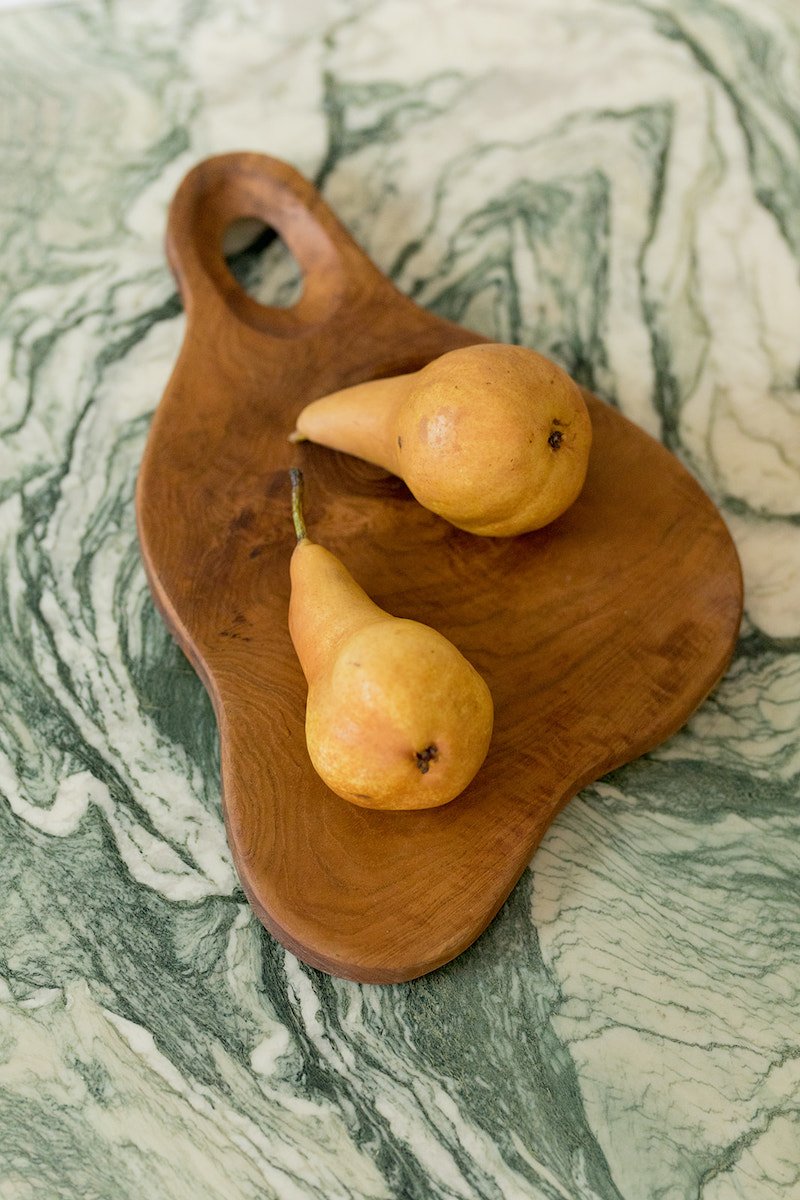
How To Embrace Your Sexual Fluidity
Educator, author, and researcher Emily Nagoski, Ph.D. says “There are as many unique sexualities as there are humans on earth.”
For most people, sexuality is a key part of how we connect with ourselves and other people. But like many things in life, sexuality is not stagnant. It’s dynamic, and it can shift and change as we individually evolve.
“Like many things in life, sexuality is not stagnant.”
I think one of the coolest things about social media and our online world is that it’s given people a platform to express their unique experiences and connect with others they may not otherwise have been able to. This has allowed for more and more conversations, education, and representation — especially when it comes to sexuality.
While sexual fluidity and queerness are certainly nothing new, we’re starting to see them embraced and celebrated on a larger scale. Conversations like these can help people feel like they belong and open doors to new ways of living and thriving. For most people, sexuality is a fluid experience, but it can be tricky to figure out how to navigate it. So let’s explore what sexual fluidity is and how you can start to embrace it!
What is sexual fluidity?
Sexual fluidity can seem like a vague concept — and it is to a certain extent. Everyone has their own unique relationship to their sexuality and no two journeys look the same. Jack Lam, MSW (they/them), a trauma therapist who offers gender identity and sexuality therapy, explained that “[s]exual fluidity, in its most general terms, can be understood as the idea that our sexual orientation, identities, and behaviors are not static. Someone who is sexually fluid may still use other labels for their sexuality (such as bisexuality, pansexuality, questioning, etc.).”
“Sexuality is a spectrum and you get to decide what feels most pleasurable for you.”
– Charlie Henderson, intimacy and empowerment coach
There are so many sexuality labels out there, and many people feel empowered by these labels and the communities they create around them. But not everyone fits into neat little boxes, or some of us may find ourselves jumping from box to box as we have new experiences and learn more about our sexuality.
For Charlie Henderson (they/them), an intimacy and empowerment coach, “[s]exual fluidity is allowing yourself the freedom and curiosity to explore your sexuality outside of the boundaries of the binary. Sexual fluidity will look different for every single person. This could be a fluidity with the genders you’re connecting with or it could be a fluidity of what type of sexual experiences you enjoy. Sexuality is a spectrum and you get to decide what feels most pleasurable for you.”
Sexuality is not one size fits all
Although I have a general idea of who I’m attracted to, there’s never been a label that’s felt right for me. So I’ve tried on bisexual, queer, pansexual, and while none of them feel wrong necessarily, I just don’t feel like I can find one word that defines my sexuality. That’s what sexual fluidity means to me. I get to decide not only who I’m attracted to and what I want sex to look like, but I also have the flexibility and freedom to change, explore, and break free of any confines I may feel.
“I get to decide not only who I’m attracted to and what I want sex to look like, but I also have the flexibility and freedom to change, explore, and break free of any confines I may feel.”
As Lam explains, “Sexual fluidity came into my awareness as I began challenging my ideas of the fluidity of my gender. I wondered… ‘If I embraced my identity as a non-binary person, would my male partners still be considered gay if they were attracted to me? Am I still gay if I’m non-binary?’
I then began understanding the limitations we faced when talking about our sexualities, that it can be more expansive than simply a static gender or static genders that we experience attraction to. In that sense, I find the idea of sexual fluidity liberating — to accept that our sexualities can change, without feeling the need to label it, wonder if it’s normal or “right,” or even pathologize it.
Sexual fluidity isn’t just about gender, it’s also reflected in what sex and intimacy look like for you. Henderson notes, “There are times when I want to express my more dominant side while other times I enjoy being able to surrender and lean more into my submissive side. Then, there are times when I like to play with a dance between both energies.”
The ways that humans connect and experience pleasure are vast. Sexuality is the umbrella that encompasses these experiences, and fluidity is your ability to move around and explore within it.
How can I explore my sexual fluidity?
Because sexuality is an individual experience, everyone will have their own ways of exploring it and coming to new realizations. In their practice, Lam recommends you begin by looking into stories of sex and sexuality that you are curious about and resonate with you. “While labels can be helpful as a starting point to find and organize information, keep in mind that ultimately, it is a tall order for any one word to capture the endless diversity of our human experiences.”
You have endless resources and stories about sexuality at your fingertips. There are so many incredible content creators out there sharing their knowledge and experiences, one of my favorites is Casey Tanner, @queersextherapy on Instagram, an honest and straightforward queer therapist who is full of inspirational insights.
I see my sexuality ebb and flow depending on my social circle, what media I’m ingesting, and just what season of life I’m in. The biggest tool in my journey has been learning how to have grace with myself. At the ripe old age of 30, I feel like I’m finally in a place where I can, as Stevie Nicks put it, sail through the changin’ ocean tides and handle the seasons of my life. I’ve done this by following my gut and letting myself explore connections with people I feel drawn to — no matter what their gender is.
“Your family, society, and background can create barriers that can make it difficult to figure out what’s yours and what isn’t.”
This is not always an easy process. Your family, society, and background can create barriers that can make it difficult to figure out what’s yours and what isn’t. Henderson explains, “It can feel vulnerable to sit down with yourself and figure out what is authentically pleasurable for you versus what you’ve been taught is ‘supposed’ to be pleasurable.”
But you don’t have to do it alone, there are so many resources available to help you make sense of what you’re feeling. Lam notes, “Therapy can also be an incredibly important space for exploration. I help my clients experiment with thoughts, labels, and behaviors (by asking questions like): What would it mean for you if you were attracted to a different gender? How does it feel to use that label? I reassure them that they can land wherever they feel is right for them, understanding that things don’t necessarily have to change, but it’s important to have the space to be curious.”
An incredible tool you can use to start exploring your sexuality is the Come As You Are Workbook by Emily Nagoski, Ph.D., the companion guide to her bestselling book. This workbook is full of thought-provoking activities, prompts, journal prompts, and more to help you gain a deeper understanding of your body and your sex life.
Your life, your journey, your sexuality
As I mentioned before, when it comes to sexuality, everyone is on their own unique journey. Lam explains, “It can be difficult navigating this landscape when we live in a world that stigmatizes relationships outside of the cisgender, heteronormative lens. The truth is, everyone’s experience and relationship with their sexualities is different, and we deserve to have a relationship with our sexuality that feels good for us, not just for the sake of others.”
“Remember that this is your process and you get to decide what it looks like.”
This journey becomes easier the more you lean into spaces that feel supportive and empowering. You can turn this process into one of exploration, curiosity, joy, and pleasure by finding community, discovering language that resonates with you, and maybe even seeking support in the form of a therapist or coach! Remember that this is your process and you get to decide what it looks like.
Exploring your sexuality can be a never-ending journey, if you want it to be. Embracing your sexual fluidity means leaning into curiosity, whether that’s a new gender or an activity that’s sparked your interest. You create your own experience. You get to decide what parts of your sexuality you want to explore. You get to define and redefine what sexuality means to you.
Henderson put it so beautifully: “I find my queerness evolving and changing as I age and gain more clarity around what feels most pleasurable and authentic for me.” So take your time and enjoy the process!
You can connect with Charlie Henderson and Jack Lam on their websites or via Instagram @charliehenderson_coaching and @jacklamlj.
Natasha Weiss is a Pacific Northwest-based health and wellness copywriter and full-spectrum doula. When she’s not typing away, she loves immersing herself in bodies of water, wandering through ancient forests, and anything and everything to do with food. You can learn more about her work on natashaweiss.com or connect on Instagram.



